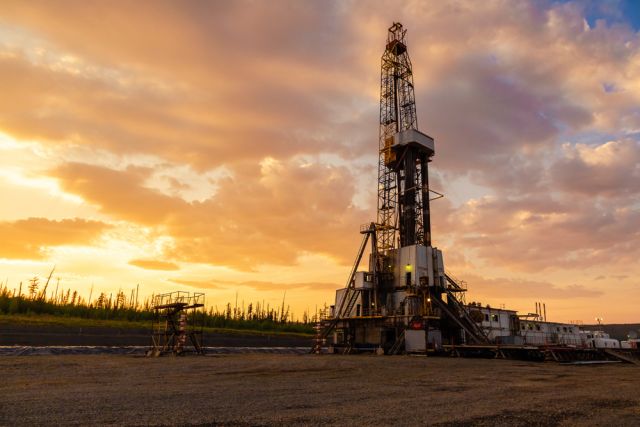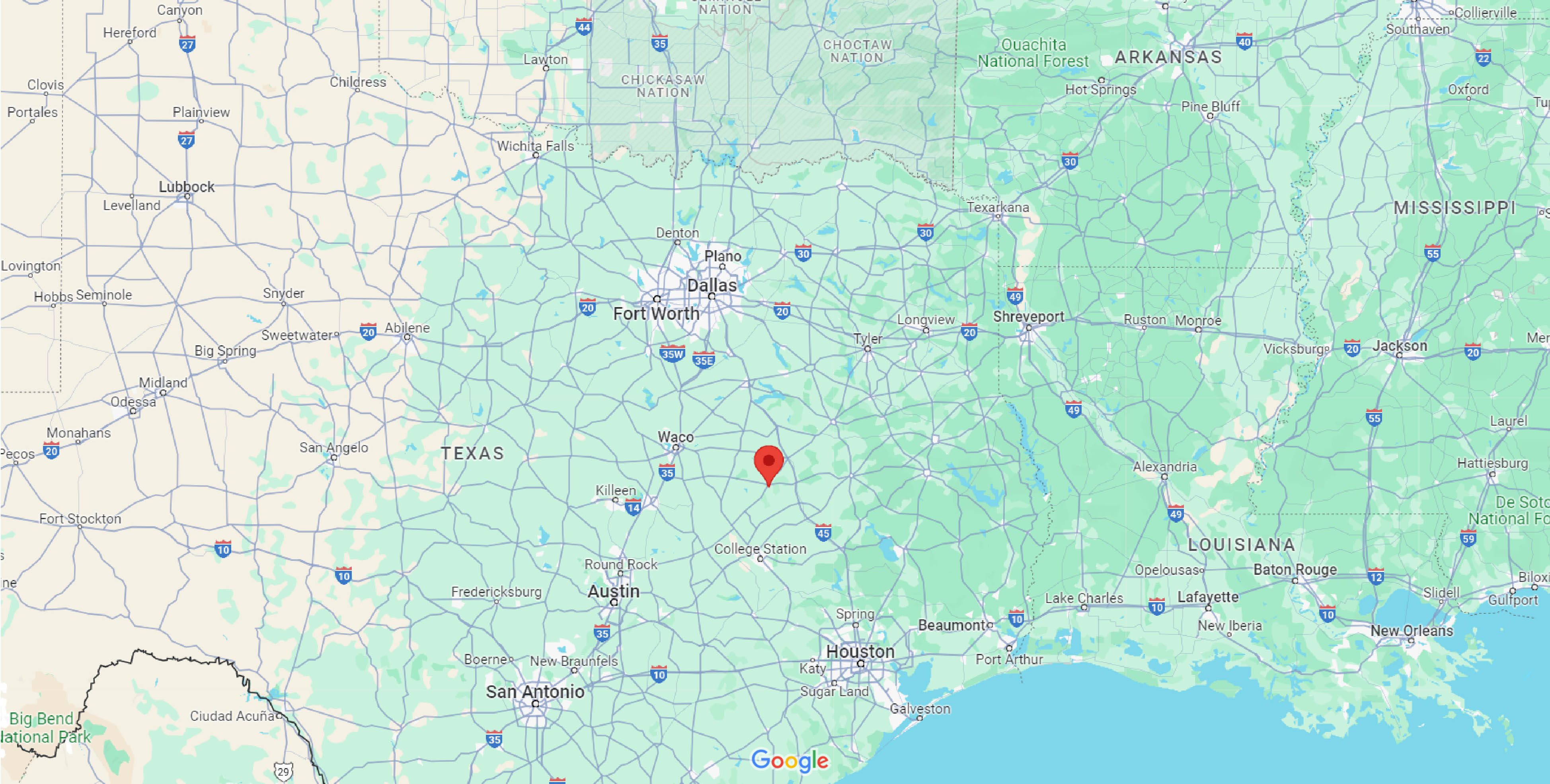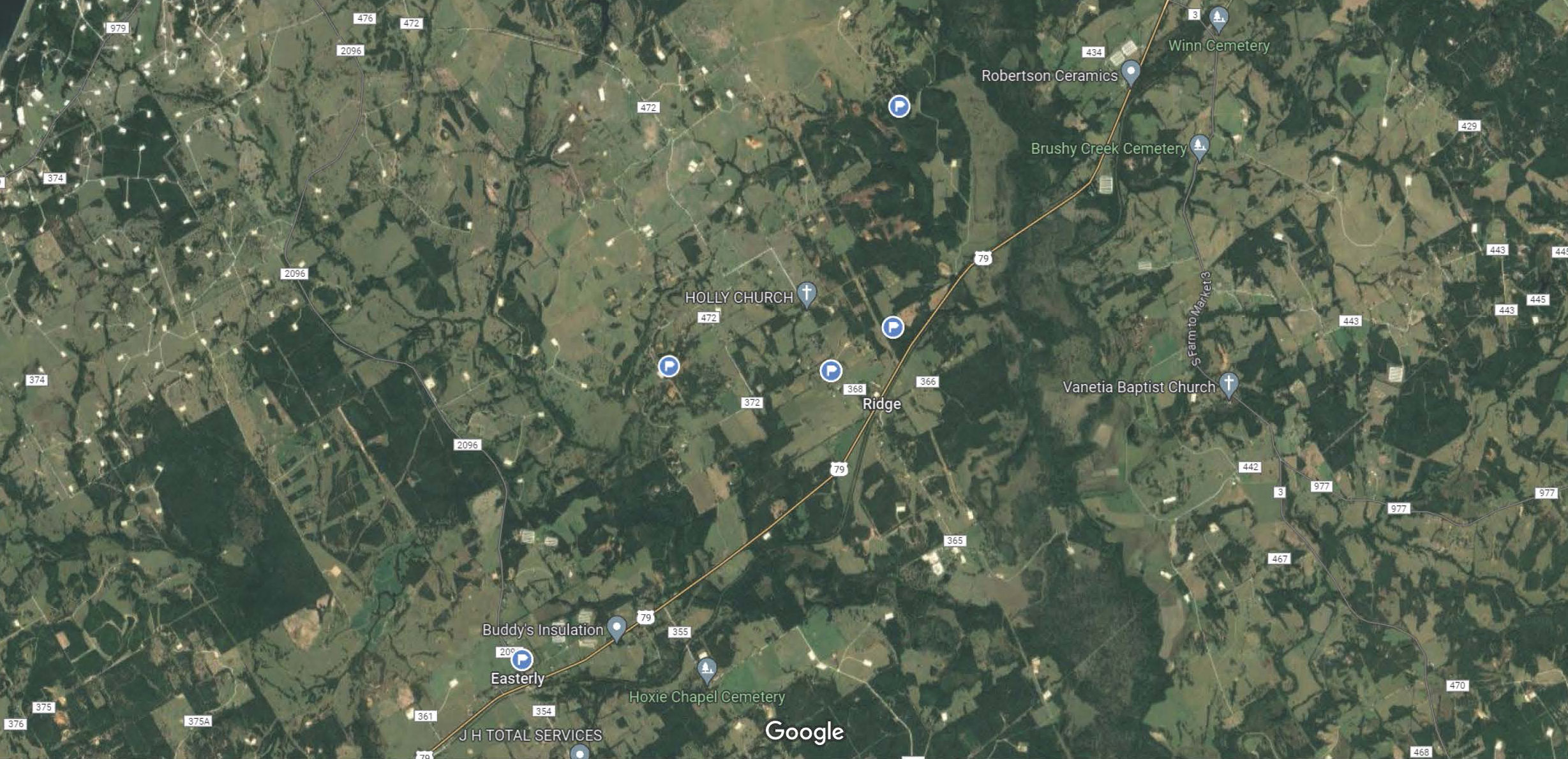
Privately-held Aethon Energy has surfaced 17.5 Bcf from its three wells combined through November at more than 15,000 ft in their 26 months online altogether, averaging 22.4 MMcf/d each. (Source: Shutterstock)
Aethon Energy has added two more screamers to its far western Haynesville Shale tests in eastern Robertson County, Texas, north of Houston, according to Texas Railroad Commission (RRC) data.
And their production isn’t flatlining.
The privately held, Dallas-based producer has surfaced 17.5 Bcf from its three wells combined through November at more than 15,000 ft in their 26 months online altogether, averaging 22.4 MMcf/d each.
The combined lateral length is 21,102 ft, ranging between 1.2 miles and 1.5 miles.
Aethon’s newest, Koda #1H, has made 2.5 Bcf in its first three months from an 8,120-ft lateral after a 36.6 MMcf initial 24-hour test on a 20/64 choke. Flowing tubing pressure was 11,962 psi, according to the completion report.
In September, Koda was put into sales southwest of Marquez, Texas, just inside Robertson County at its border with Leon County, making nearly 1 Bcf its first month, RRC data show.
With a cumulative 867 MMcf in September, it averaged 29 MMcf/d. Production in November, its third month online, was nearly as much: 828 MMcf, or an average 27.6 MMcf/d.
Another new Aethon well, River Ranch #1H, produced 6.8 Bcf in its first 11 months (6.3 Bcf in its first nine months of full production) through November from a 6,421-ft lateral.
Its first full month online surfaced 864 MMcf, averaging 27.9 MMcf/d. November production totaled 638 MMcf, averaging 21.3 MMcf/d.
The well’s 24-hour test was 31.1 MMcf on a 19/64 choke, according to Texas RRC data. Flowing tubing pressure was 12,167 psi; casing pressure, 7,147.
Aethon completed four more Haynesville horizontals in eastern Robertson County in June but has not yet brought them online. They are: Topsy #1HB, Topsy #2HB, Vivian #1HB and Vivian #2HB.
A spokesman told Hart Energy the company was unable to comment “at this time.” RRC records list each as a “shut-in producer.” Texas and most states’ rules allow producers to “tight hole” post-completion well results for six months before making the data public.
Koda and River Ranch join Aethon’s Currie #2HB, which has produced 8.2 Bcf through November since its 24-hour test made 36.9 MMcf/d from a 6,561-ft lateral in October 2022.
The well averaged 29 MMcf/d in its first full month online in December. Production this past November averaged 23 MMcf/d.
The Currie test was on a 20/64 choke with 12,072 psi flowing casing pressure. It was fracked with 5,941 lbs of proppant per lateral foot, according to Enverus; fluid, 134 bbl/ft.
All seven Aethon wells are near the Robertson-Leon border.
Gordon Huddleston, Aethon partner and president, told Hart Energy’s DUG Haynesville 2023 attendees in Shreveport last spring, “We’re doing a lot of work over in Robertson with some other operators and have been looking at that for some time.
“[We’re] very excited about the results we’re getting there.”


Comstock’s whoppers
Frisco, Texas-based Comstock Resources initiated the far western Haynesville play with a first well spud in November 2021 and has seven wells online to date, according to RRC data.
Production from the seven wells in November totaled more than 200 MMcf/d.
Its first test, Circle M #1H, produced 13.4 Bcf through November after 19 months online, coming in with an average 37 MMcf/d from a 7,900-ft lateral in April 2022. (It was offline during all of April 2023.)
This past fall, Comstock estimated that it will ultimately produce 3.5 Bcf per 1,000 ft of lateral for a total EUR of 28 Bcf, the company said. The EUR was nearly 50% reached by November-end.
Its first full month of production—May 2022—totaled 922 MMcf, averaging 29.7 MMcf/d. Production this past November averaged 21.5 MMcf/d.
Comstock’s second stepout, Cazey Black A #1H, made 6.4 Bcf through November in its first 12 months online from a 7,900-ft lateral. It had initially tested at an average 42 MMcf/d. (It was offline during all of April 2023.)
Comstock’s third stepout, Campbell #2H, came in with 36 MMcf/d from a 12,763-ft lateral in March. It’s produced 6.1 Bcf in its first nine months.
Dinkins JG #1, which came in with 34 MMcf from 9,565 ft of lateral, has made 5.0 Bcf in its first seven months.
McCullough Ingram A #1 has made 5.2 Bcf in its first six months. The well’s 24-hour test results: 35 MMcf from an 8,256-ft lateral at a total vertical depth of 17,836 ft.
One of Comstock’s newest tests, Cazey MS #1H and Lanier CW #1H (in Leon County), each made 2.6 Bcf in their first months (three months for Lanier; four months for Cazey MS) online through November.
Each has a two-mile lateral: 10,028 ft for Cazey; 9,577 ft for Lanier. Their 24-hour tests made 34 MMcf and 35 MMcf, respectively.
Results from another Comstock lateral—McCullough Ingram C #3H—are anticipated later this month in Comstock’s fourth-quarter earnings report, unless it opts to continue to keep them tight-holed (if eligible).
High-pressure, high-temperature
Neither Comstock nor Aethon has revealed its respective well costs.
Meg Molleston, president of Louisiana Haynesville operator GeoSouthern Energy, said at the 2023 DUG Haynesville conference that the company “looked at [the deep Bossier/Haynesville prospect] about a year ago. I think [the gas is] there, but we didn’t see how we could make any money at it.”
Rob Turnham, a longtime Louisiana Haynesville wildcatter who sold Goodrich Petroleum Corp. in late 2021, said Goodrich had also looked at the play, “and we backed away just because of what Meg said: the cost and the risk associated with that.
“It’s a big boy play. We weren’t ready to take that on,” he said.
The Haynesville’s depth is up to 19,000 ft in Robertson and Leon counties.
Molleston said, “We need more work on some completion techniques [and] tools, so they don’t burn up at these temperatures.
Goodrich drilled in the Angelina River Trend, the deepest portion of the Shelby Trough, in East Texas in the aughts, Turnham noted. “We burned up equipment constantly, [such as] drillbits, and you had to run much stronger pipe everywhere you went.
“And then, if you had a drilling issue at 14,000 [ft] or 15,000 feet—or heaven forbid, deeper—then it just added exponentially to your expenditure for the well.
“So it does have a lot of issues. Over time, it’ll get better. And no question, it’s productive.”
Dick Stoneburner, geologist and early entrant in the original Haynesville play in Louisiana, said of the prospect, “Intuitively, from a geologic perspective, I have to believe it is just a continuation of that known area in Angelina—which is kind of about as far downdip as we know today—into Robertson and Leon [counties].”
Deep verticals into the Bossier overlying the Haynesville were made in the aughts in delineating Amoruso Field in Robertson County. The play was displaced by the rise of economic stimulated, horizontal development of the Barnett shale, then by subsequent new shale plays.
Recommended Reading
Honeywell Bags Air Products’ LNG Process, Equipment Business for $1.8B
2024-07-10 - Honeywell is growing its energy transition services offerings with the acquisition of Air Products’ LNG process technology and equipment business for $1.81 billion.
TGS Awarded Ocean Bottom Node Data Acquisition Contract in North America
2024-07-17 - The six-month contract was granted by a returning client for TGS to back up the client’s seismic data capabilities for informed decision making.
E&P Highlights: June 10, 2024
2024-06-10 - Here’s a roundup of the latest E&P headlines, including a decline in global drilling activity and new contract awards.
TGS Undertakes Multiclient Reprocessing Agreements Offshore Liberia
2024-06-10 - TGS and the National Oil Company of Liberia plan to reprocess over 24,700 km in the Liberia and Harper basins.
Trendsetter to Deliver Subsea Manifolds Offshore Brazil to Trident Energy
2024-06-13 - The subsea contract follows Trendsetter establishing local facilities in Brazil.






